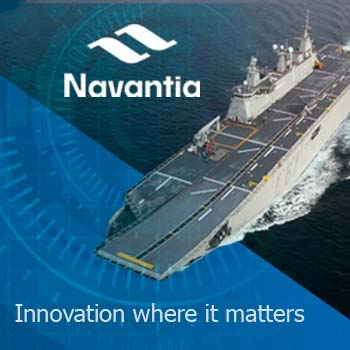New Delhi. The Union Cabinet chaired by Prime Minister Narendra Modi has approved funding for the Geosynchronous Satellite Launch Vehicle Mark-III (GSLV Mk-III) continuation programme (Phase-I) consisting of 10 GSLV Mk-III flights at a total estimated cost of Rs 4338.20 crores.
The cost includes 10 GSLV Mk-III vehicles, essential facility augmentation, Programme Management and Launch Campaign.
The GSLV Mk-III continuation Programme – Phase 1 is the first phase of operational flights that will enable the launch of 4 tonne class of communication satellites to meet the country’s satellite communication requirements.
The operationalisation of GSLV Mk-III will make the country self-reliant in the launching capability of 4 tonne class of communication satellites, and sustain & strengthen the space infrastructure and reduce the dependence on procured launches from foreign countries.
The GSLV Mk-III Continuation Programme – Phase 1 will meet the launch requirement of communication satellites to meet the national demand for High Throughput Satellites for rural broadband connectivity, increase and sustain the availability of transponders for DTH, VSAT and Television broadcasters.
The Continuation Programme – Phase 1 will be the first phase of operational flights of the GSLV Mk-III launch vehicle and the approval will cater to the launch of satellite missions during the period 2019-2024.
The Geosynchronous Satellite Launch Vehicle Mark-III (GSLV Mk-III) has been developed towards achieving indigenous launch capability to launch 4 tonne class of satellites into Geosynchronous Transfer Orbit (GTO). It has completed one experimental flight (LVM3-X) in 2014 and one developmental flight (GSLV MkIII-D1) in 2017. The second developmental flight will be completed by Q2 of 2018-19 this year.
The Continuation Programme – Phase 1 will enable independent access to space for 4 tonne class of communication satellites, and establish GSLV Mk-III as a cost-effective workhorse vehicle to launch 4 tonne class of communication satellites in order to meet the national requirements as well as to boost its commercial potential in the international market for launch services.
















